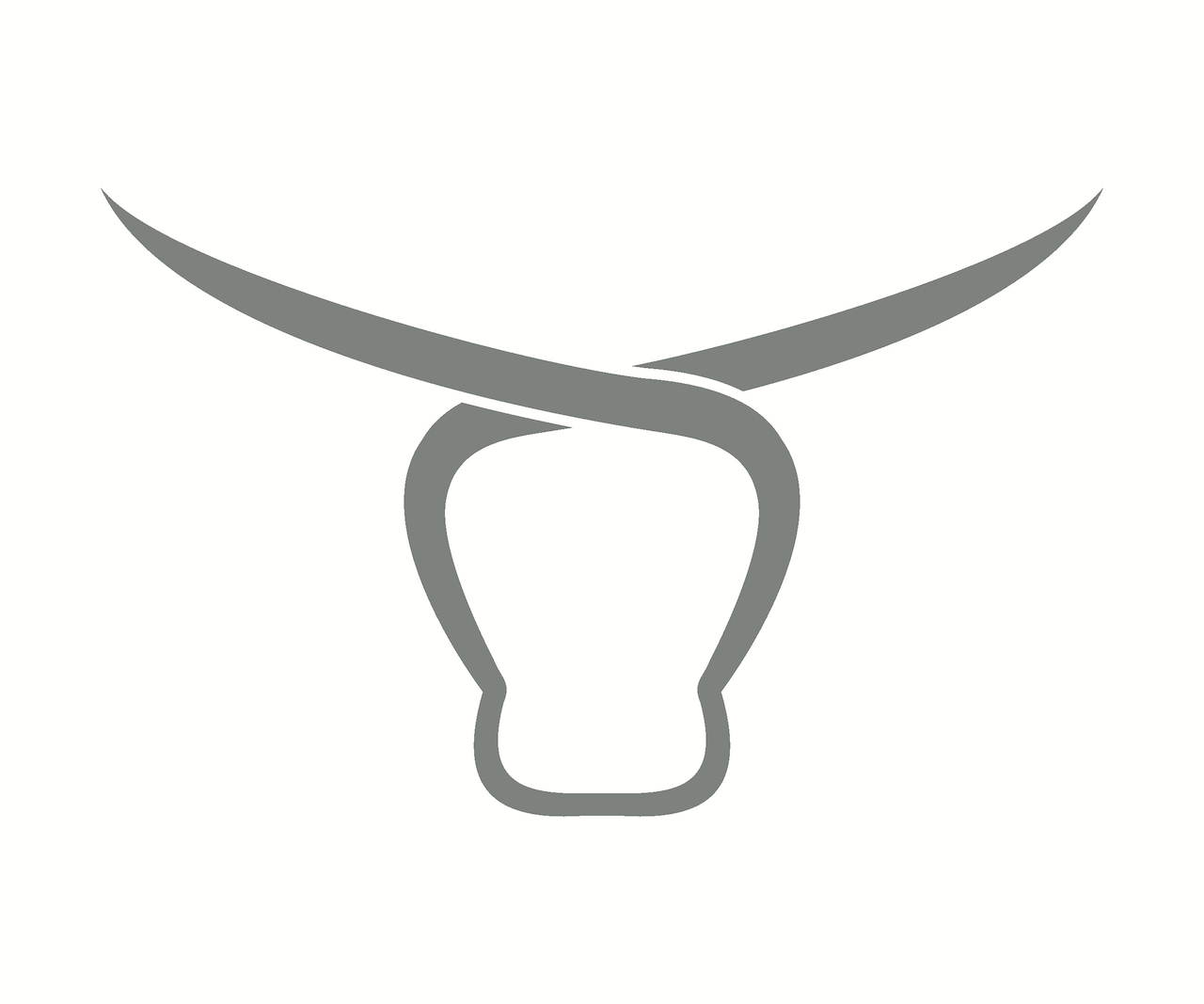.jpg)
Searching for a dependable way to weigh your cows? Don't look any further! This guide will give you the information to locate the ideal cattle scales. Accurate and easy to use, these scales will help you take care of your livestock and guarantee they remain healthy.
what are cattle scales
Cattle scales are weighing devices designed to measure the weight of cattle. They provide essential data for many reasons, like monitoring animal health, tracking growth, and setting feeding and medication dosages.
These scales use advanced tech and tough materials to work with large animals. They accurately measure each cow, allowing farmers to make informed decisions about breeding, feed management, and herd health.
Some types of cattle scales even collect extra data. This could include body condition scores or identifying marks. This helps analyze the cow's health and wellbeing.
John is a farmer who uses cattle scales. He monitors his cattle's weight and noticed an underweight calf that needed help. The scale gave John valuable info that allowed him to save the calf. In turn, this helped him manage his herd's health and productivity.
What are the different types of weighing scales for cattle?
Different weighing scales measure the weight of cattle. These include cattle scale load bars and portable cattle scales. Load bars fit under the animal's feet or legs. They give an accurate weight. Portable scales are easy to move and can be set up in different locations. They are often used for weighing lots of cattle quickly.
Do cattle scales need to be level? It's best to keep them even - unless you want your cows moonwalking and entering dance competitions!
Do cattle scales have to be level?
Cattle must be convinced that stepping on a scale is more fun than chasing their tails! Accurate weight measurements depend on ensuring levelness. Uneven surfaces result in inaccurate readings, impacting data quality.
Levelness is a must for precise weight calculations of cows, calves, and other livestock. Deviations in the scale's level can cause flawed data, disrupting proper analysis.
Maintaining balance on the scale is vital. It not only ensures precise readings but also prevents injuries and discomfort to the animals during weighing.
Fact: The American Society of Agricultural Engineers notes that uneven surfaces can cause measurement errors of 50-150 pounds (22-68 kg).
How do you install cattle scales?
John Smith, a rancher extraordinaire, had much difficulty gauging the weight of his livestock until he got some top-notch cattle scales. These scales provided exact measurements, enabling John to make the right choices when it came to feed and spot any health issues quickly. Installing the scales was a major help in boosting his herd's overall efficiency and wellbeing.
To properly install cattle scales, three steps are key:
- Prepare the site - Select a flat area with enough room for the scales. Clear away all debris or anything that could obstruct installation.
- Set up the base - Lay a solid, level foundation for the scales. This might include pouring concrete or using other stable materials.
- Install the scales - Carefully place the scales on the foundation and secure them. Connect the scales to an appropriate power source and ensure all elements are properly aligned and calibrated.
When installing these scales, it's essential to take into account factors such as accessibility, maintenance needs, and safety measures to avoid harm to both animals and handlers. It is also wise to consult experts or seek professional help as needed to guarantee proper installation and operation of the scales.
Frequently Asked Questions
1. What are cattle scales and why are they important?
Cattle scales are specialized weighing equipment designed to accurately measure the weight of cattle or other livestock. They are important for various reasons such as determining growth rates, monitoring overall health, assessing feed intake, and managing livestock sales.
2. How do cattle scales work?
Cattle scales typically use a platform or chute with load cells that measure the weight of the animal. Load cells convert the force exerted by the animal's weight into an electrical signal that is then displayed on a digital readout or recorded by a computer system.
3. What are the different types of cattle scales available?
There are several types of cattle scales available, including portable scales, squeeze chute scales, walk-on scales, and alleyway scales. Portable scales can be easily transported, squeeze chute scales are integrated with a cattle chute for weighing during handling, walk-on scales allow the animal to walk onto the weighing platform, and alleyway scales are installed within a narrow pathway.
4. How accurate are cattle scales?
Cattle scales provide accurate weight measurements, typically with a variation of less than 1% of the animal's actual weight. However, accuracy may vary depending on the scale's quality and calibration. Regular maintenance and calibration can help ensure accurate readings.
5. Can cattle scales be used for other livestock?
Yes, cattle scales can be used for weighing various types of livestock, including sheep, goats, pigs, and more. However, different scales may be required depending on the size and behavior of the animals being weighed.
6. How should I choose the right cattle scale for my needs?
When choosing a cattle scale, consider factors like the size of your herd, average weight of your animals, portability requirements, and available space. It's advisable to consult with a reputable livestock scale provider to ensure you select a scale that meets your specific needs.
Large range of cattle scales available from AgriEID and here at https://cattlescales.co
